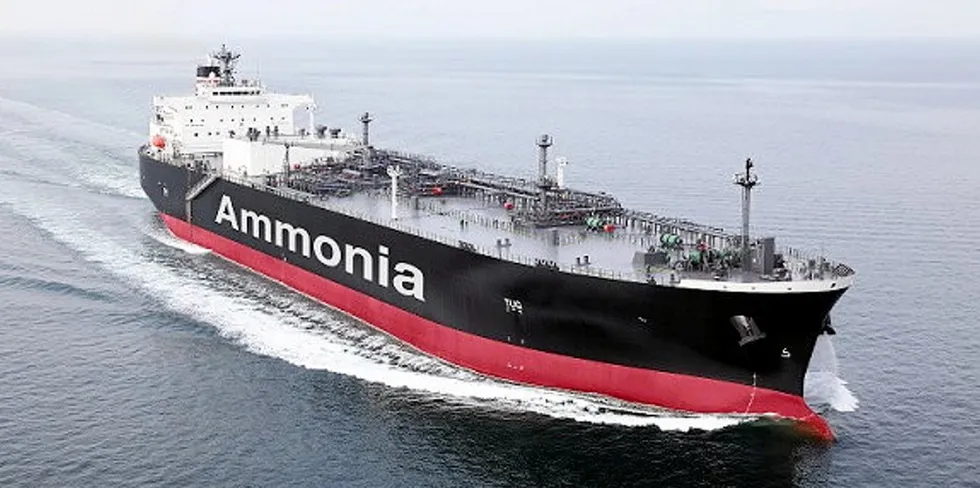'Three quarters of global green hydrogen will be produced and used locally in 2050': Irena
Internationally traded H2 — the remaining 25% — would mostly be transported through retrofitted gas pipelines or shipped as ammonia, says new report

Internationally traded H2 — the remaining 25% — would mostly be transported through retrofitted gas pipelines or shipped as ammonia, says new report
